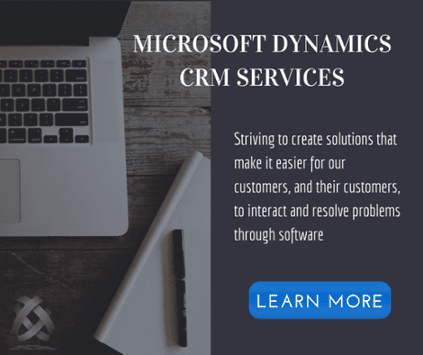
At Cobalt when we implement CRM systems for our customers, our goal is to get our clients up and running on their new CRM system as quickly as possible. We focus on speed as we have found it to be the biggest driver of customer satisfaction in software implementations.
In order to achieve this in the best possible manner we follow an Agile Methodology for our implementations – regardless of whether we are writing custom code or not. The Agile Methodology emphasizes working software over comprehensive documentation. We have found that to be true across the board with our customers and staff. We often hear from the subject matter experts at our customers that they cannot give us all of the details of how they want to interact with the system until they can actually see it working. However, the executives or other project sponsors need to see something in the contract other than “Get CRM working”. This is where a project charter comes in.
What is a Project Charter?
In its most basic form a project charter is a statement of the scope, objectives and participants in a project. At Cobalt our project charters typically contain:
- Project objectives
- Success criteria
- Daily client tasks (for which they plan on using the new CRM system),
- Project team definitions
- Assumptions
- Project constraint priorities
- Risks
- Stakeholders
- List of product features
- Implementation methodology
- Project tools
- Communication agreement
Many of these sections are not customized for every client as they just outline how we run projects, but communication is key so we need to set appropriate expectations about what is going to happen in the project. Although these sections are important, what we have found to be the most important piece is the success criteria.
Developing Success Criteria
The success criteria outlines how the project team will know they have accomplished the objectives of the project (and of course should follow SMART goal guidelines). Success criteria is the section that everyone involved in the project needs to be aware of and is typically what the executives and project sponsors are going to look at first.
Here at Cobalt, success criteria can be summed up in one word: Why. You and your organization should be able to answer the following questions implicitly by using the Success Criteria in the Project charter:
Ask More Questions
Have you ever wondered why kids ask ‘why’ so often? Sometimes they ask ‘why’ repeatedly about the same thing. Reasons for this might be: a genuine curiousity, they didn’t get a real answer (one that was actually thought through vs. shallow), or they didn’t believe the answer they were given.
Should you ask why all of the time when you are on a project team implementing an enterprise level software system? The answer is YES!
People on a project team should use this same methodology when thinking about a project – many times in a business scenario when a why question is asked, the answer is either not properly thought through or no real answer is given. In a software implementation ‘why’ is paramount to success.
When time and budget inevitably kick-in and you have to make some hard decisions in the project, or someone on the team seems to be veering off course, you need to be able to get back to the ‘why’ of the project. In our experience, here at Cobalt, the best place to store the ‘why’ is in the success criteria of your project charter.
Conclusion
If you are looking to implement a complex enterprise software solution, find a vendor that follows an agile implementation methodology and focuses on speed when delivering a usable system. Insist on putting together a project charter with SMART goals as success criteria and always ask why.

